Apoorv Chopra
Advisor: Carlos Rueda
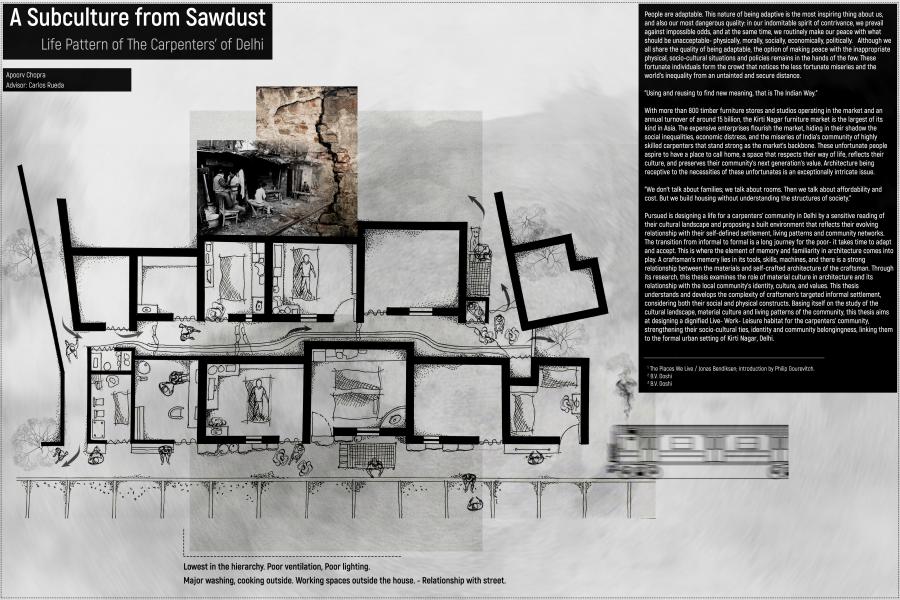
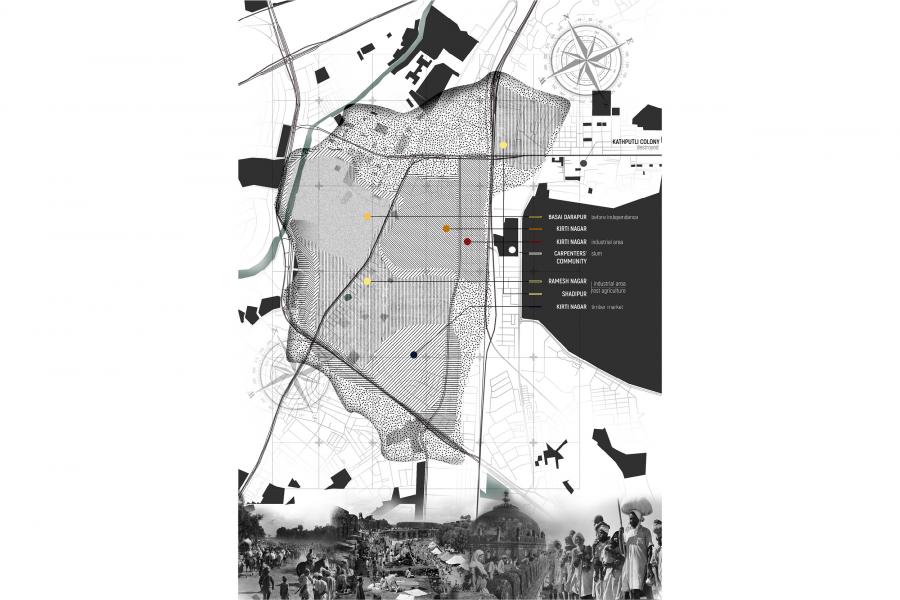
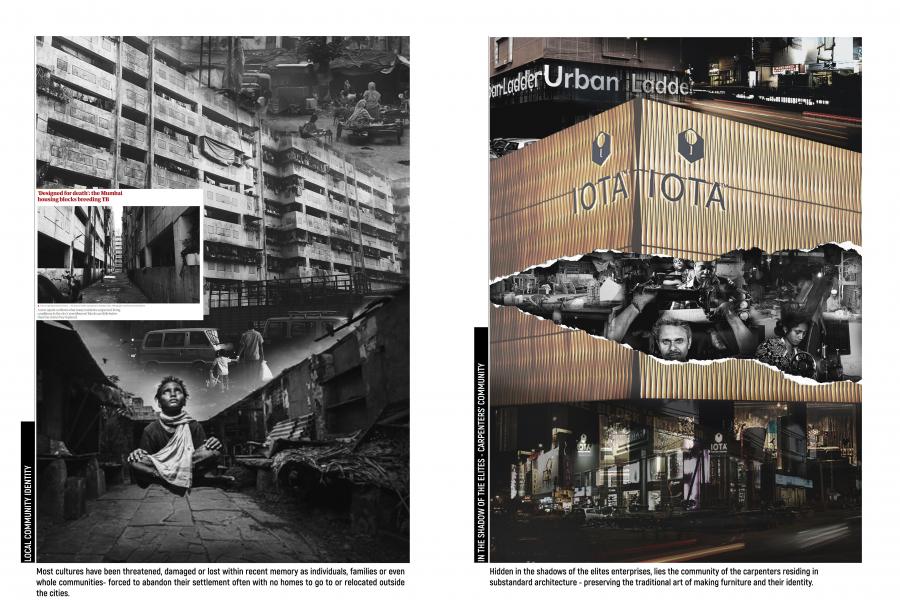
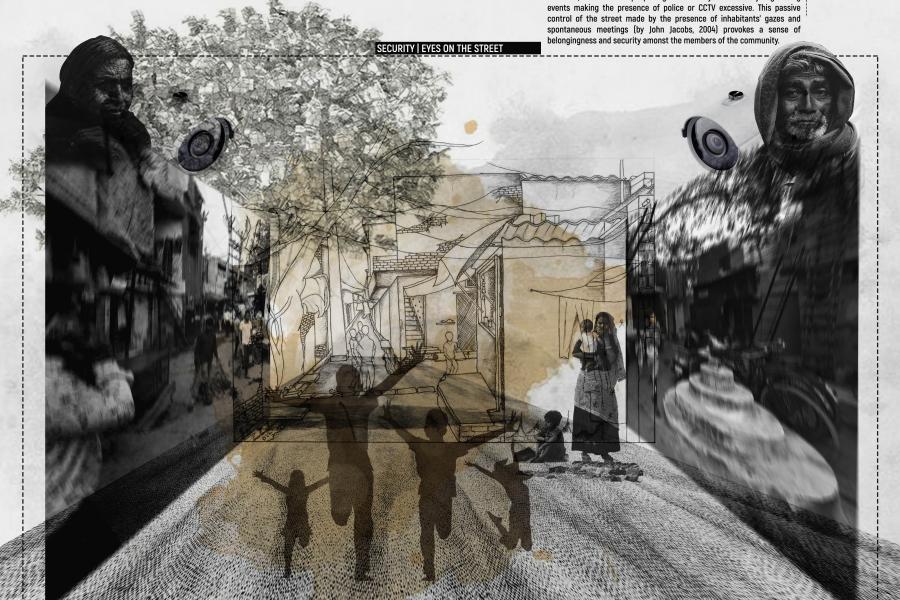



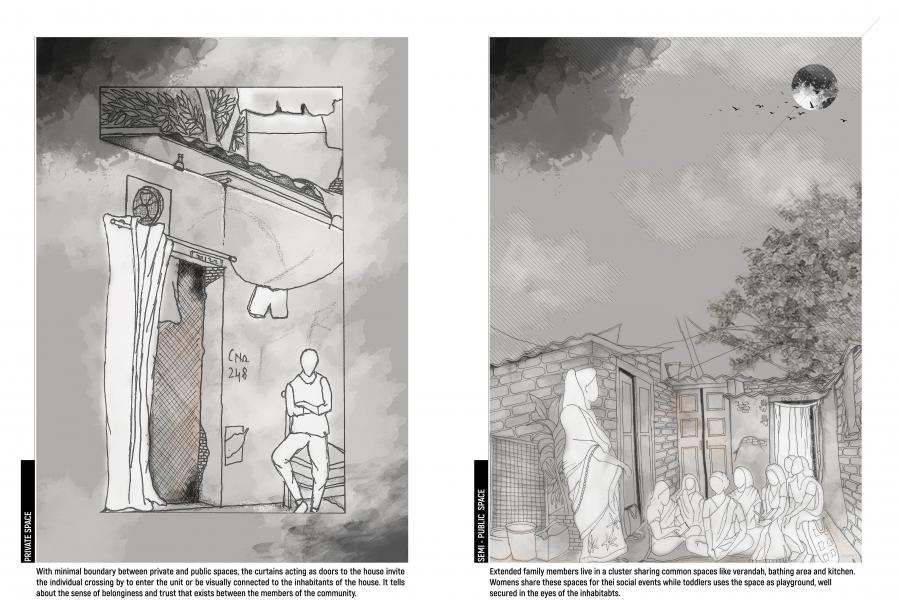
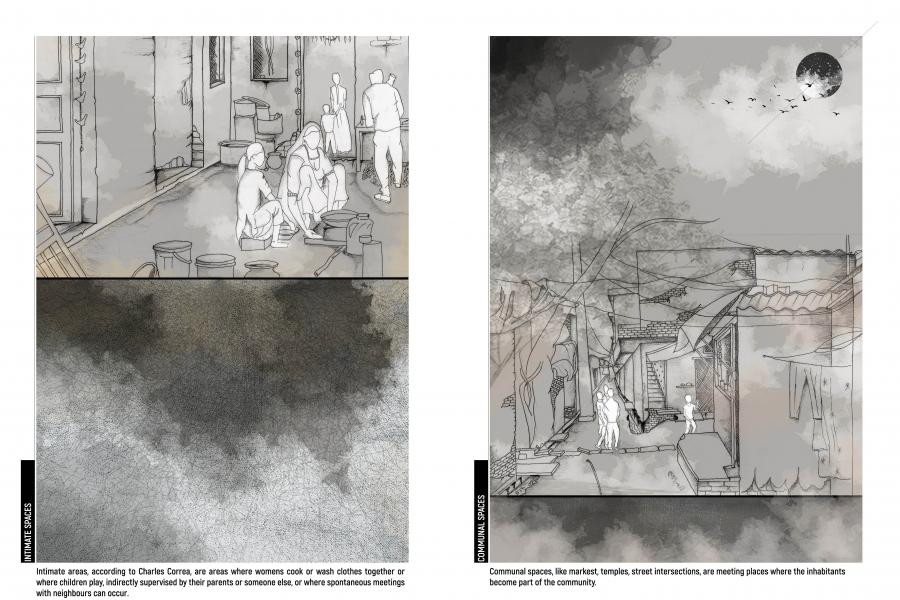
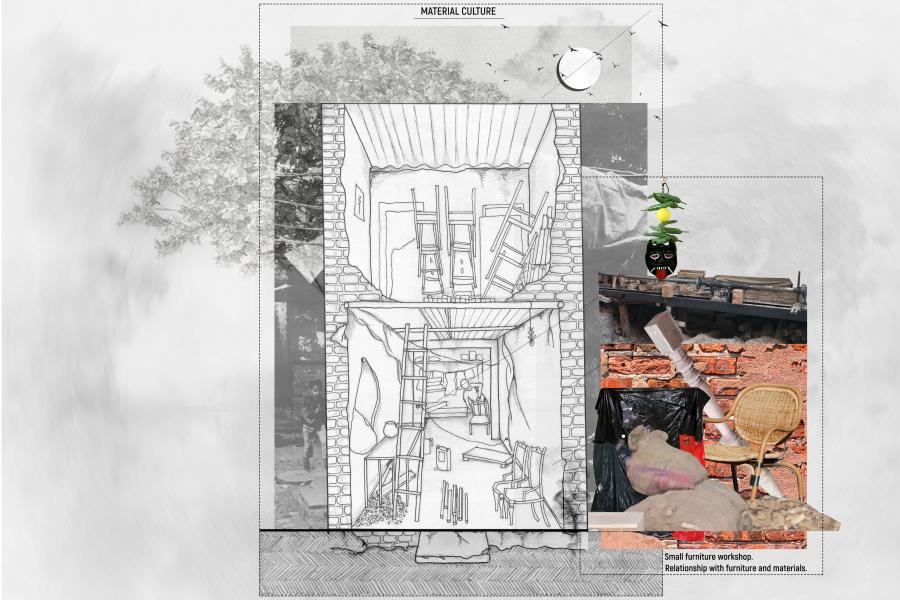
A Subculture from Sawdust
Life Pattern of The Carpenters' of Delhi
People are adaptable. This nature of being adaptive is the most inspiring thing about us, and also our most dangerous quality: in our indomitable spirit of contrivance, we prevail against impossible odds, and at the same time, we routinely make our peace with what should be unacceptable- physically, morally, socially, economically, politically. Although we all share the quality of being adaptable, the option of making peace with the inappropriate physical, social-cultural situation and policies remains in the hands of the few. These fortunate individuals form the crowd that notices the less fortunate miseries and the world’s inequality from an untainted and secure distance.
“Using and reusing to find new meaning, that is The Indian Way.”
With more than 800 timber furniture stores and studios operating in the market and an annual turnover of around 15 billion, the Kirti Nagar furniture market is the largest of its kind in Asia. The expensive enterprises flourish the market, hiding in their shadow the social inequalities, economic distress, and the miseries of India’s community of highly skilled carpenters that stand strong as the market’s backbone. These unfortunate people aspire to have a place to call home, a space that respects their way of life, reflects their culture, and preserves their community’s next generation’s value. Architecture being receptive to the necessities of these unfortunates is an exceptionally intricate issue.
“We don’t talk about families; we talk about rooms. Then we talk about affordability and cost. But we build housing without understanding the structures of society.”
Pursued is designing a life for a carpenter’s community in Delhi by a sensitive reading of their cultural landscape and proposing a built environment that reflects their evolving relationship with their self-defined settlement, living patterns and community networks. The transition from informal to formal is a long journey for the poor – it takes time to adapt and accept. This is where the element of memory and familiarity in architecture comes into play. A craftsman’s memory lies in it stools, skills, machines, and there is a strong relationship between the materials and self-crafts architecture of the craftsman. Through it’s research, this thesis examines the role of material culture in architecture its relationship with the local community’s identity, culture, and values. This thesis understanding and develops the complexity of craftsmen’s targeted informal settlement, considering both their social and physical constructs. Basing itself on the study of the cultural landscape, material culture and living patters of the community, this thesis aims at designing a dignified Live- Work- Leisure habitat for the carpenters’ community, strengthening their socio-cultural ties, identity and community belongingness, linking them to the formal urban setting of Kirti Nagar, Delhi.
1 The Place We Live / Jonas Bendiksen; introduction by Philip Gourevitch
2 B.V. Doshi
3 B.V. Doshi
